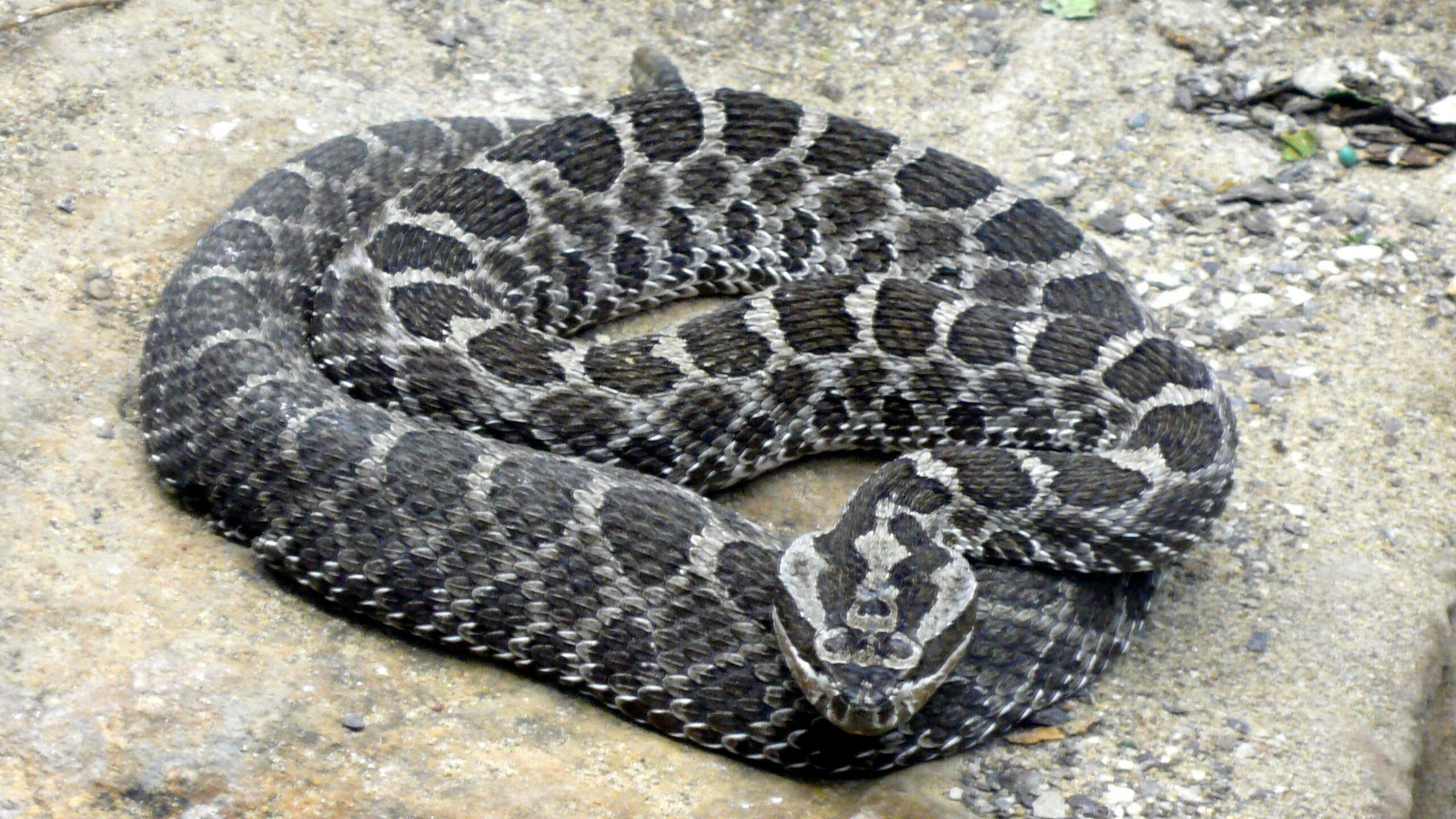Welcome to the captivating world of the speckled rattlesnake, a creature as fascinating as it is misunderstood. Join us as we delve into the secrets of its remarkable camouflage, the potency of its venom, and the crucial role it plays in the delicate balance of the desert ecosystem. Prepare to be amazed by the adaptations that make this snake a master of survival and learn about the challenges it faces in an ever-changing world.
Masters of Disguise
Ever heard of a creature that can vanish into thin air? The speckled rattlesnake, with its intricate patterns that mimic the rocky desert floor, might as well be a magician. This camouflage isn’t just for show; it’s a vital evolutionary advantage that allows this stealthy predator to ambush prey and avoid detection by its own predators.
But don’t let their beauty fool you; these snakes are armed with a potent venom – a complex cocktail of toxins that can quickly subdue their prey. While we might marvel at their beauty, it’s crucial to admire them from afar. A bite from a speckled rattlesnake is a serious medical emergency requiring immediate attention.
Interestingly, the name “speckled rattlesnake” encompasses two distinct species: Crotalus mitchellii and Crotalus pyrrhus. Though they share the characteristic speckling, each species boasts unique traits and inhabits different areas within the desert.
Beyond their venomous reputation, speckled rattlesnakes are essential for a healthy ecosystem. As nature’s pest control, they keep rodent populations in check, playing a vital part in the intricate desert food web.
Unveiling the Speckled Rattlesnake
Appearance: These snakes, typically medium-sized, sport those distinctive speckles across their bodies. What’s more, they possess heat-sensing pits on their faces, acting like infrared sensors to detect warm-blooded prey, even in the darkest of nights.
Habitat: As their name suggests, speckled rattlesnakes are denizens of the desert. You’ll find them in rocky outcroppings, canyons, and hillsides, often near water sources – staying hydrated is crucial for survival in these arid landscapes.
Diet: Speckled rattlesnakes are carnivores with a penchant for meat. Their diet consists mainly of rodents and lizards. As ambush predators, they lie in wait, patiently anticipating the opportune moment to strike with lightning-fast reflexes.
Family Life: Unlike many snake species that lay eggs, speckled rattlesnakes give birth to live young. Some experts suggest that mothers might even provide short-term protection for their offspring, though further research is needed to confirm this behavior.
Safeguarding a Vital Species
While speckled rattlesnakes aren’t currently considered endangered, they face mounting threats from habitat loss due to human encroachment. Protecting these fascinating creatures isn’t just about them; it’s about preserving the delicate balance of the entire desert ecosystem.
Ongoing research continues to unlock the secrets of their venom, behavior, and their invaluable role in the web of life.
How Big Do Southwestern Speckled Rattlesnakes (Crotalus pyrrhus) Get?
The size of a Southwestern Speckled Rattlesnake (Crotalus pyrrhus) often sparks curiosity. Unlike manufactured objects with uniform dimensions, snakes, like humans, exhibit natural variations in size.
On average, a Southwestern Speckled Rattlesnake reaches an adult length of around 3 feet, comparable to a yardstick. However, it’s not uncommon for some individuals to grow even larger, reaching up to 4 feet in length – a size that rivals the width of a car tire!
Several factors influence the size a rattlesnake might attain:
- Genetics: Some snakes are genetically predisposed to growing larger than others, much like height variations in human families.
- Food Abundance: A plentiful and consistent food supply provides the energy needed for growth. Snakes with access to more food are likely to grow larger.
- Environment: Just as temperature and weather affect plant growth, they also influence snake development. Warmer climates with longer seasons might result in faster growth rates.
- Overall Health: Like any organism, a healthy snake, free from disease or parasites, has a better chance of reaching its full growth potential.
While a larger snake might have a slightly longer reach, it’s important to remember that size isn’t the only factor determining potential danger. Even a smaller rattlesnake possesses venom potent enough to inflict harm.
The key takeaway? Regardless of size, always observe rattlesnakes from a safe distance and avoid any attempt to handle them. Let’s respect these remarkable creatures and their place in the wild.
Speaking of fascinating creatures, have you heard of the elusive panthera pardus adersi, also known as the Zanzibar leopard? This magnificent feline is native to the island of Zanzibar, off the coast of Tanzania. Or are you curious about the weird and wonderful raccoon baculum? This bone is found in the reproductive system of male raccoons and is used to stimulate the female during mating.
- Senior at What Age: Benefits & Eligibility Guide - March 29, 2025
- Unlocking Senior Benefits: How Old is a Senior? Your Complete Guide - March 29, 2025
- Master Russian Politeness:A Guide to Saying Please - March 29, 2025
















